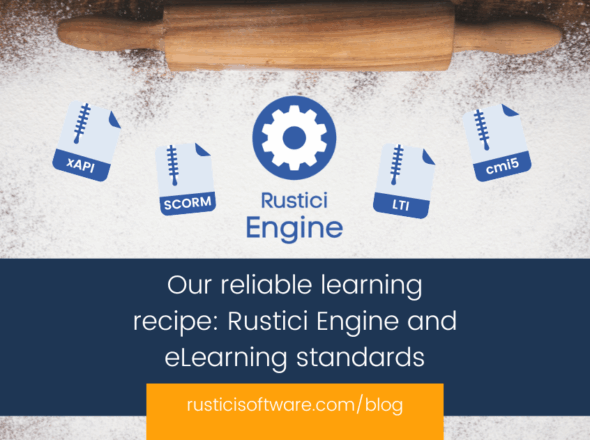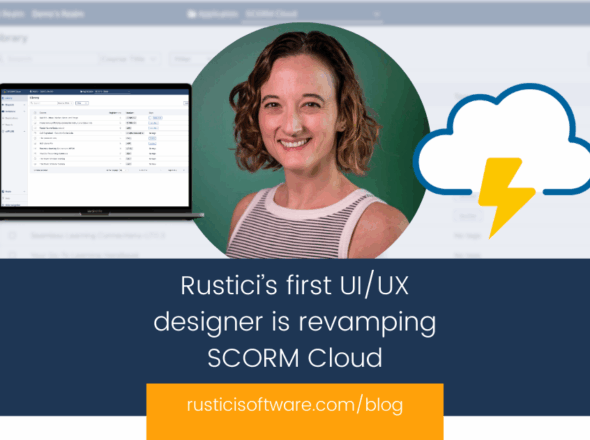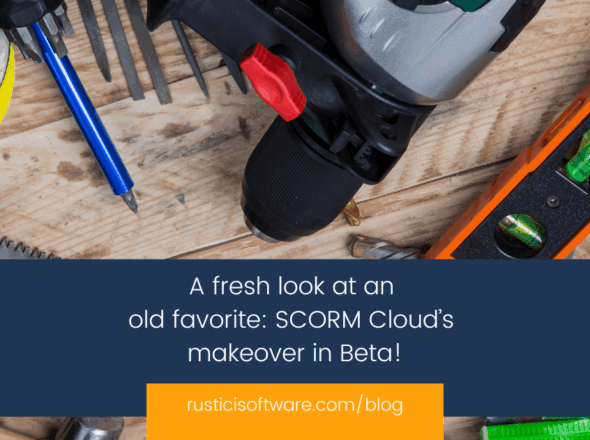This blog post is part of our “Ask Andy” series in which we publish Andy’s plain-spoken, straight-shooting answers to common or uniquely interesting (eLearning) questions. If you have a question, you can always fill out this form and ask Andy, too.
Hey Andy,
We are a training company mostly providing classroom-type training. But with all the in-person training sessions cancelled, we need to start our journey into live online training and eLearning. For eLearning, we are considering developing content for our clients’s LMS platforms, but also developing our own LMS platform.
What are our options on how to best get this done?
Thanks,
Making the switch
Hey Making the switch,
As many are minimizing face-to-face training activities, we understandably realize your need to make the switch from instructor-led training (ILT) to online and eLearning courses.
The first step is to transform your classroom training content into a digital format. It’s a relatively straightforward process to convert your existing assets (presenter’s PowerPoint files or recorded lecture videos), import them into an authoring tool and export a standardized course package such as SCORM. That’s an important detail to make sure your courses can be played in any LMS. There are many authoring tool providers to choose from and many helpful resources in the eLearning Guild’s newest eBook on Pivoting to Virtual Classrooms in Light of COVID-19.
When it comes to delivering courses to your clients for them to play in their LMS you can either hand them the SCORM files you just created in your authoring tool, or you might want to look at using a content distribution tool like SCORM Cloud Dispatch that makes it easier to manage and maintain your courses long term.
SCORM Cloud Dispatch
SCORM Cloud Dispatch helps you deliver your courses to other LMSs or learning systems while hosting your content in your SCORM Cloud account. Use Dispatch to ensure your course plays in any LMS, seamlessly update your courses, disable access when a license expires and consolidate data about content usage across all of your clients. You can get started in just a few easy steps and even use the free trial account to test things out.
You also mentioned developing your own LMS platform. Depending on your specs, this is not a small effort! If you decide to build your own LMS, we have a few integrated content player options that will enable your LMS to support importing, launching and tracking SCORM, AICC, xAPI and cmi5 eLearning content.
Rustici Engine
Rustici Engine is a tightly integrated content player that becomes part of your application and is deployed on your servers or we can host it for you. Rustici Engine supports SCORM 1.2, SCORM 2004 (2nd, 3rd and 4th Editions), xAPI, cmi5 and AICC. Video, PDF files and URLs can also be imported and tracked alongside your standard eLearning courses. If you’d like to learn more about the technical details of deploying Engine, check out our technical documentation.
SCORM Cloud API
SCORM Cloud is the SaaS version of our integrated content player that can be integrated into your platform via the SCORM Cloud API. Like Rustici Engine, SCORM Cloud can help your platform import, launch and track standards-based content. SCORM Cloud offers a free trial and the SCORM Cloud API documentation is here if you’d like to give it a try. This is a great option to get started immediately with no startup fees and pay as you go monthly plans.
Please let me know if you have any questions. I’m happy to schedule some time to walk you through the options to help you determine which one will be a good fit.
Best,
Andy


